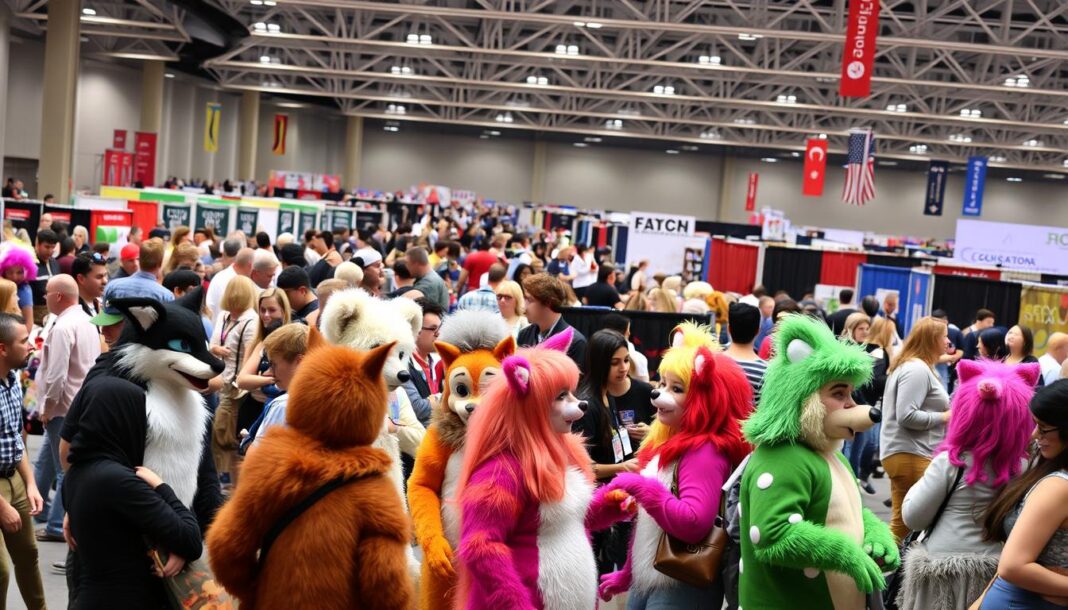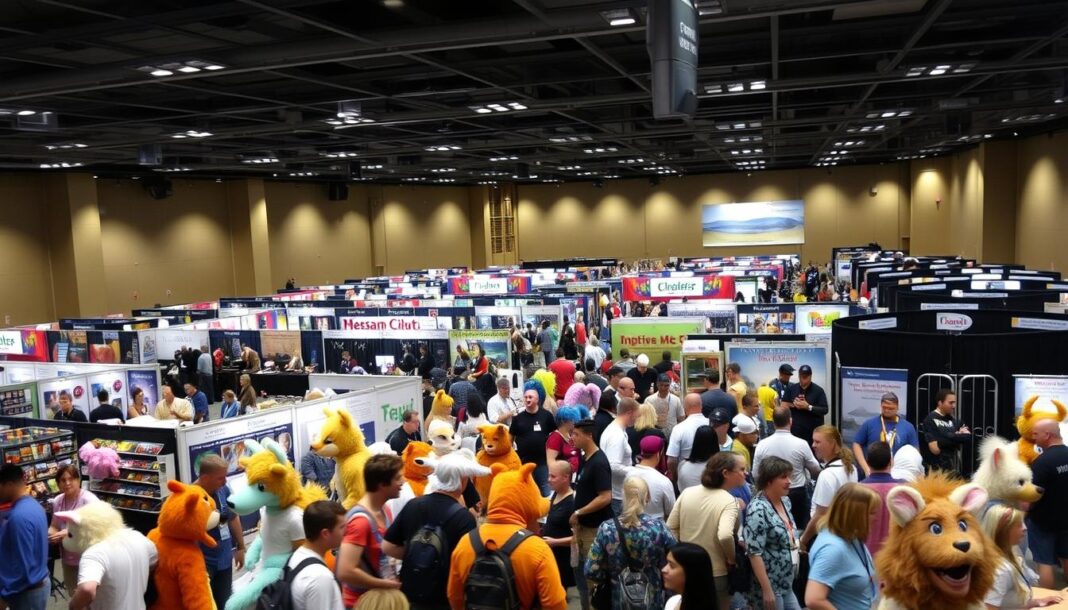Two distinct cultural phenomena emerged decades apart—one from the silver screen, the other from the toy aisle. The 1984 horror-comedy film introduced mischievous creatures with strict rules, while the 1998 electronic toy became a must-have interactive companion. Both left lasting marks on pop culture, blending charm with unexpected quirks.
Their origins reflect different creative visions. The movie creatures were born from cinematic storytelling, while the toy was designed for real-world interaction. Yet, they share a unique balance of cute aesthetics and surprising depth, captivating audiences across generations.
A rare 1999 hybrid, blending elements of both franchises, briefly united these worlds. Limited-edition releases and unofficial spin-offs further cemented their collectible status. This comparison explores their designs, functionalities, and cultural impacts.
Key Takeaways
- One originated as a film concept, the other as an interactive toy.
- Both combine adorable appearances with unconventional behaviors.
- A short-lived crossover product merged their distinctive features.
- Collectors value rare editions and unique variants.
- Each represents a different approach to blending entertainment and interactivity.
Gremlins vs Furby: Origins and Cultural Roots
The 1980s and 1990s birthed two unforgettable icons—one from Hollywood, the other from toy stores. Their creation stories reflect vastly different inspirations, yet both tapped into universal fascinations with mischief and companionship.
From Mogwai to Mayhem: The Warner Bros. Phenomenon
Warner Bros. blended horror and comedy in 1984 with a creature governed by ancient rules. The Mogwai, derived from Chinese “mó guài” (devil), demanded strict care: no sunlight, water, or food after midnight. Break these, and Gizmo’s adorable peers transformed into chaotic monsters.
The film satirized consumerism, showing how neglectful ownership bred destruction. Its sequel capitalized on this lore, deepening the mythology through Gremlins 2: The New Batch (1990).
Furby’s Rise as a 90s Toy Sensation
Tiger Electronics launched Furby in 1998, selling 40 million units by 2000. The toy’s midnight feeding mechanic cheekily nodded to Gremlins’ rules, but its appeal lay in fabricated “Furbish” language and evolving vocabulary.
| Aspect | Gremlins (1984) | Furby (1998) |
|---|---|---|
| Creator | Warner Bros. | Tiger Electronics |
| Inspiration | Chinese mythology | Interactive tech trends |
| Key Feature | Three rules | Language learning |
| Cultural Theme | Consumerism satire | Technology anxiety |
Both thrived on advertisement blitzes—Gremlins through film tie-ins, Furby via TV campaigns. Their designs mirrored societal fears: one warned of reckless consumption, the other playfully questioned AI’s role in daily life.
Today, collectible variants of both remain prized for their nostalgic and cultural weight.
Design and Aesthetics: Cute vs. Quirky
Visual design separates these icons as much as their origins do. One embodies cinematic precision, while the other thrives on tactile charm. Their looks mirror their purposes—fearless storytelling versus interactive play.
Gizmo’s Animated Features vs. Furby’s Fuzzy Appeal
Gizmo’s design prioritized movie realism. His pink inner ears, brown fur, and four-fingered paws matched animatronic practicality. Voice actor Howie Mandel added warmth, contrasting with Furby’s owl-like beak and LCD eyes.
Furby’s ears served a functional role. Unlike Gizmo’s static features, they reacted to sound. This mirrored Tiger Electronics’ focus on interactivity. The plush exterior also differed from Gizmo’s hard plastic casing.
Warner Bros. and Tiger Electronics’ Design Philosophies
Warner Bros. crafted Gizmo for the camera. Every detail, from his white eye patch to stubby toes, enhanced believability. Furby’s neon colors, however, screamed 90s toy aisles.
| Feature | Gizmo (Warner Bros.) | Furby (Tiger Electronics) |
|---|---|---|
| Material | Hard plastic | Plush fabric |
| Ears | Decorative pink inner ears | Sound-reactive mechanisms |
| Color Palette | Warm browns | Vibrant neons |
| Durability | Film-set endurance | Child-proof testing |
Durability tests revealed more contrasts. Gizmo’s shell resisted studio lights, while Furby’s soft body survived playtime tumbles. Explore Furby’s eerie evolution for deeper insights into its design shifts.
Functionality and Interaction
Interactive features set these pop culture icons apart, blending technology with personality. Where one relied on cinematic puppetry, the other pioneered toy-based artificial intelligence. Their shared infrared sensors created unexpected crossover potential.
The Interactive Hybrid Experience
Gizmo’s 1999 refresh included IR compatibility with Furby Babies, allowing basic communication. This gizmo furby interaction fascinated collectors, with reported “conversations” sparking early AI curiosity. Both devices used ear movements as a sign of responsiveness—tilting for attention or mood changes.
Language Systems Compared
Furby’s 48-hour transition from Furbish to English mimicked language acquisition. Gizmo’s preloaded 160-word vocabulary instead referenced movie quotes and lore. Their approaches reflected distinct purposes:
- Educational play: Furby’s evolving phrases taught basic linguistics
- Easter eggs: Gizmo responded to tickling with giggles or movie trivia
- Memory games: Furby recalled user preferences over time
LCD eyes versus expressive ears created different feedback styles. As seen in rare variants, these interaction methods influenced later toy designs. The 1999 hybrid proved both concepts could coexist technologically, if briefly.
Pop Culture Impact and Legacy
From movie theaters to playrooms, these creations carved distinct paths in popular consciousness. Their influence persists through merchandise, memes, and technological innovation. The entertainment and toy industries still reference their groundbreaking approaches.
Screen Terror vs Playroom Phenomenon
Warner Bros. redefined horror-comedy with its PG-13 franchise, inspiring 90s “cute horror” trends. The creatures’ rule-based mythology became a cultural touchstone, referenced in shows like The Simpsons.
Tiger Electronics dominated holiday wishlists with child-focused advertisement campaigns. Their creation pioneered interactive toy robotics, influencing later smart toys. Military bans over privacy concerns added unexpected notoriety.
Collector’s Market Dynamics
Sealed Gizmo units fetch $300+ due to limited 250k production runs. Factory codes (WT stamps) serve as authentication signs. Furby’s 40M+ sales create rarity only for specific editions like the 1999 Christmas variant.
| Factor | Film Franchise | Electronic Toy |
|---|---|---|
| Rarest Item | Prototype animatronic (2 known) | 2005 Emoto-Tronic Furby |
| Bootleg Types | Mogwai-like counterfeits | Baby Brainy knockoffs |
| Modern Revival | 4K re-releases | 2012/2016 reboots |
| Cultural Paranoia | VHS parental warnings | NSA joke memes |
Unauthorized markets thrive for both. Hacked Furbies with custom firmware contrast against unlicensed Mogwai plushies. The original 1998 model remains sought-after for its nostalgic value and simpler mechanics.
Which Icon Stands the Test of Time?
Time tests all icons—some fade, others evolve with each generation. The film franchise enjoys a resurgence on streaming platforms, while the toy integrates Bluetooth and app connectivity in 2023 updates.
Reboot rumors swirl around the cinematic universe, contrasting with digital experiments like NFT collectibles. Nostalgia drives 40-something fans to the original movie, while Gen Z embraces vintage toys as retro chic.
Warner Bros. expands its legacy through merchandise diversification. Meanwhile, tech innovations keep the interactive toy relevant. For timeless storytelling, the film wins. For adaptability, the toy leads. Both remain cultural benchmarks in their own ways.

